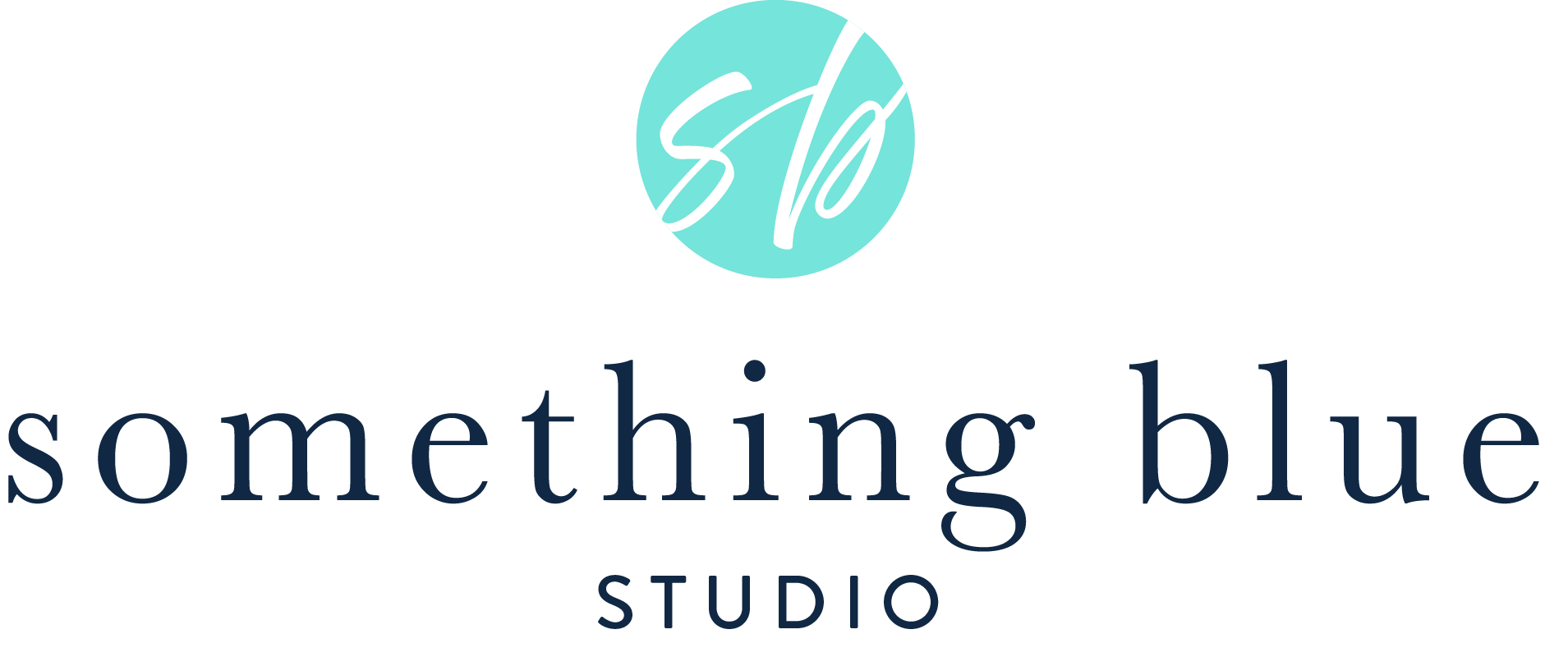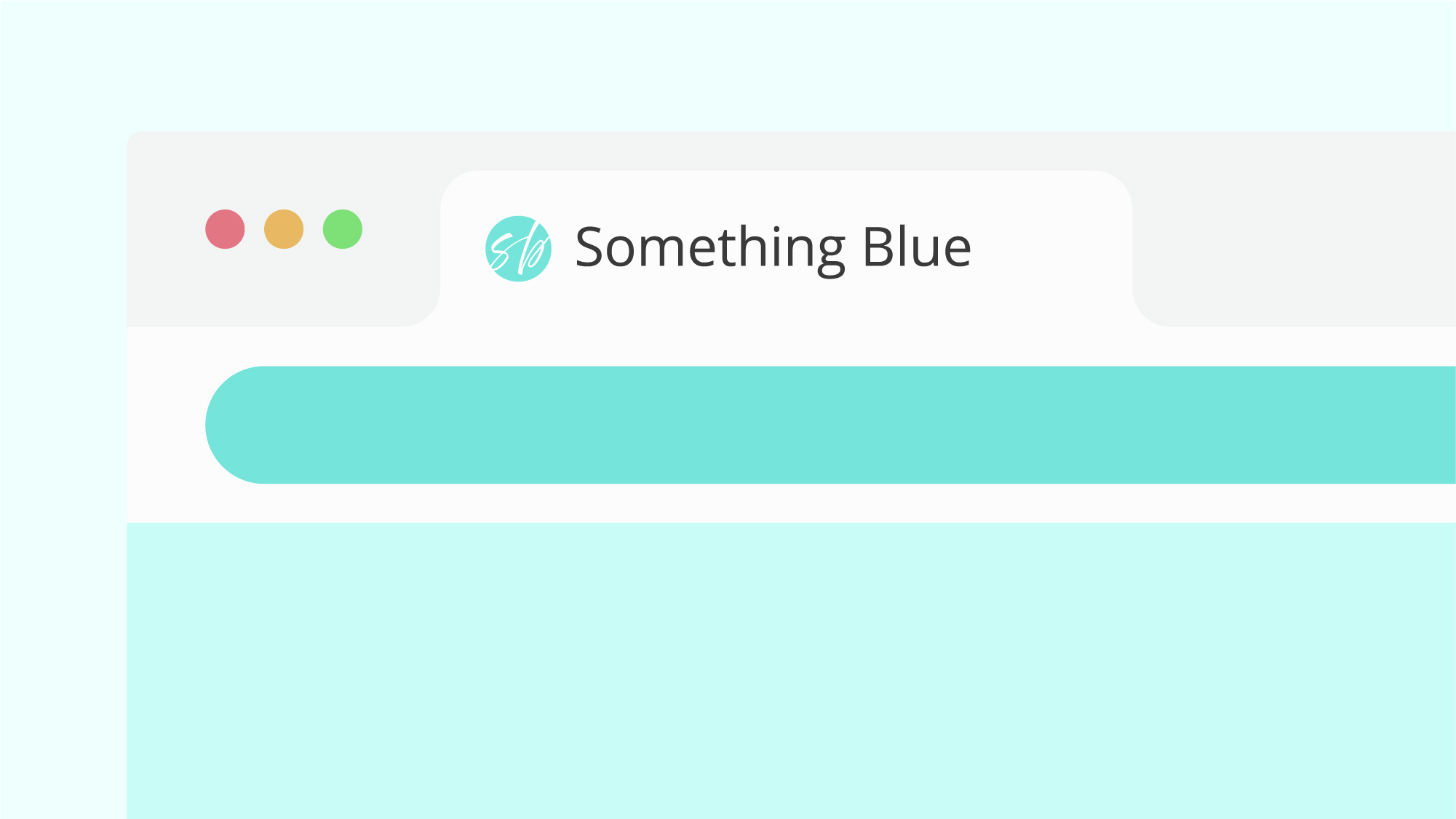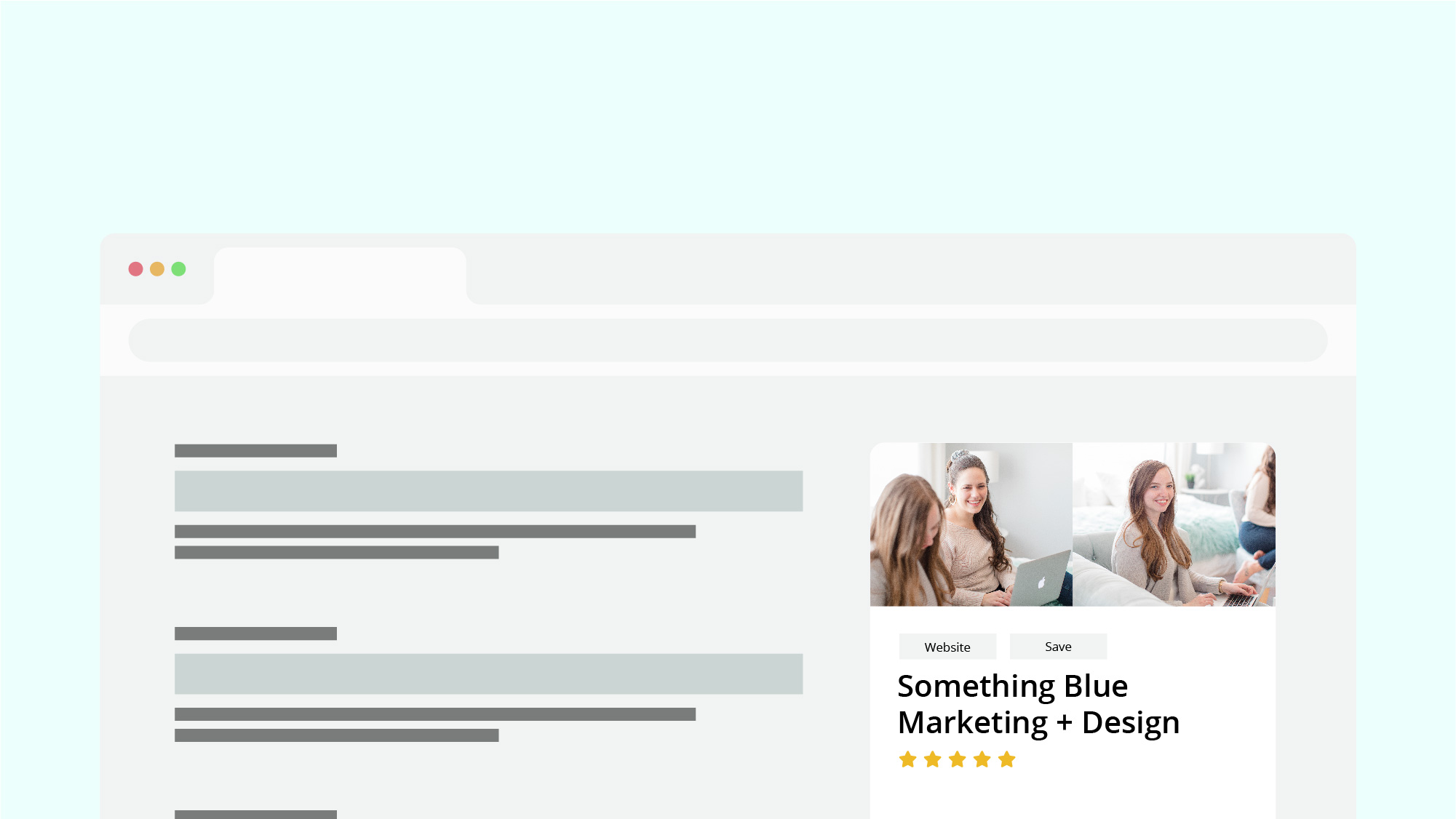Beginner Website Mistakes Wedding Vendors Often Make
Every business needs a website. We here at Something Blue could probably talk your ear off for hours about why your wedding business can benefit from a website instead of just relying on social media platforms, and even tell you all about our recommendations for website platforms, integrations, and more. That’s just how strongly we feel that your business needs a website.
If you’re a wedding vendor that’s just starting out, however, you might be tempted to DIY your own site. While we don’t think that’s the best idea for most vendors because of how complicated creating a well-optimized website can be for the technologically uninitiated, we understand that when you’re just starting out, sometimes you don’t have the money to hire a reputable and knowledgeable web designer/developer. Heck, even hiring an amateur web designer/developer who doesn’t completely know what they’re doing is also not a great idea. They might make the same mistakes you would have, only you paid them for it!
After reviewing literally hundreds of wedding vendor websites, we started to see some patterns emerge in what mistakes these websites often had from a technical and marketing perspective. Do any of these apply to your website?
#1: Using the wrong website platform
There are dozens, if not hundreds, of website builder platforms available on the market. We have pretty strong opinions on which platforms we think businesses should be using, but many wedding vendors still choose a platform that markets itself as being “easy to use” or “low cost” without thinking of their business’ future. If you’re ever planning on offering courses, selling products, showing off a large portfolio, or blogging, a platform like Squarespace, Webflow, Showit, Wix, or Weebly is not right for you. These platforms will not be able to effectively grow with your business, and will end up being more expensive and more complicated than using an all-in-one platform like WordPress. This recommendation obviously depends on your business and your goals, bu we find that WordPress is the best for most businesses. We promise – it’s not as complicated as it looks, and can even be easier to use than one of the platforms we mentioned earlier! There are many plugins and themes that can emulate the style of site you like best and the drag-and-drop functionality these websites market, however you also have the power and flexibility of WordPress behind you. No more hacking together a site that sorta looks ok only on laptops with a strong internet connection.
#2: Using images for specially-designed text
Most wedding vendors have probably been in this situation. They’re on a platform that’s “easy to use” but doesn’t offer a lot of flexibility. They’ve got a vision in their head of how they want their website to work, but their platform just doesn’t allow for it. So instead of looking into a platform that can do everything they see in their mind and more, they decide to hack the platform they’re on right now by using images for designed text elements instead. We tend to see this most often with testimonials, reviews, and fancy script font titles. In theory, using images for these specially-designed text elements makes sense; you can completely manipulate how the testimonial or whatever it is you’re designing can look… only you can’t. Many of these second-tier web design platforms don’t allow you to specifically change how each element looks on mobile, so your nicely designed testimonial image is actually super tiny and completely unreadable on mobile devices. Good websites use a principle called responsive design, which basically means that the elements change size and position based on how large the screen size is. Once you put an image with text in the mix, it’ll most likely get smaller on mobile devices, screwing up the design you thought you had perfected. Not only that, but images with text in them are horrible for SEO. You and I as humans can see what’s in an image, but Google can’t. So once you have a whole chunk of text in an image, it’s not readable by Google. All of that valuable information is now lost, and your website won’t show as high for those search terms. Finally, images take a lot more bandwidth to download than text does, so on slow internet connections these images might not show up correctly or even at all.
#3: Improperly sized images
Speaking of images, do you know how large the images on your website should be? Trick question, but it’s probably smaller than you think (especially you wedding photographers). Obviously it depends on how large the image is going to be shown on your website, but no image should be larger than 1600-ish pixels wide. If you’re showing an image as a cover for a portfolio page, for example, it doesn’t need to be massive! Every single one of those images can add literal seconds of load time to your website’s speed. Most people won’t even let the whole page load if it takes more than a few seconds. Not only that, but Google penalizes websites that take a while to load, thus pushing your site farther into the abyss we call pages 2+ of Google search results.
What’s more, you might not even realize that your website is slow because of images due to what’s called caching. To make websites load faster, your computer saves a copy of the images on sites you visit to your hard drive temporarily (usually for a period of 30 days) so that it can load it from your computer instead of downloading it every single time. First-time visitors to your site wouldn’t have anything in their cache, so everything would have to be downloaded as your site loads for the first time. Try opening your website in an Incognito or Private browser window; how long does your site take to load now?
#4: Using headings for style instead of function
Wedding professionals are usually very creative people who see the world in terms of design and aesthetics, sometimes at the cost of function or legibility. Your website’s headings are probably a good example of this. Second-tier web design platforms might have the ability to change how each heading style look, but not fully explain to first-time amateur web designers what each heading style means. We could go into way more detail about when you should use each heading style, but the general gist is to think of it like a textbook. You only want one Heading 1 per page – that’s like the title of your book. If your book had multiple titles, you wouldn’t know which title is most important. Heading 2s are for the next largest points on the page, then Heading 3s, etc. Basically, you want to convey the most important information categorically through headings so if someone was just skimming your site (or using a screen reader), they’d be able to understand what your site is about, and read the paragraph below the heading that they think will tell them the information they’re looking for. Many web design amateurs will choose what heading they use for a piece of text based on what they want it to look like rather than what importance the text has.
I have one of these mistakes on my website, am I screwed?
Not in the least! One of the great things about websites over social media platforms is that you own all of the content, and can make changes whenever you want! If you’ve read through our list and realized that your website has one of these mistakes, fear not! Most of them are easy fixes. Book an SEO audit with us today to get an overview of how you can improve your website.



